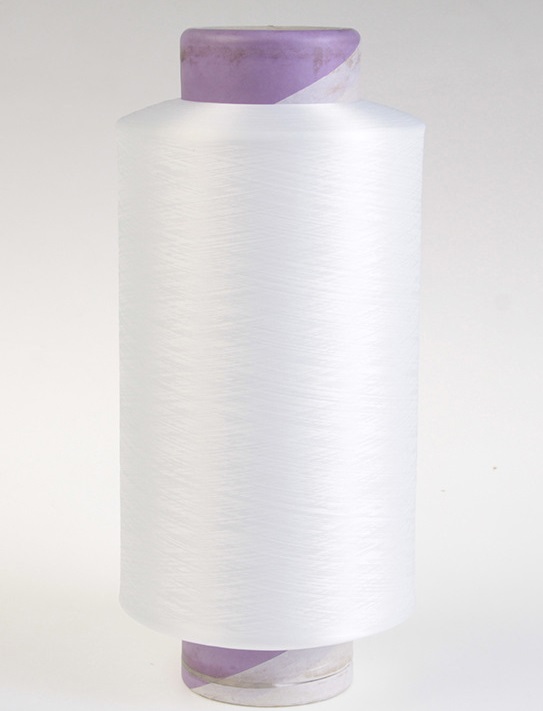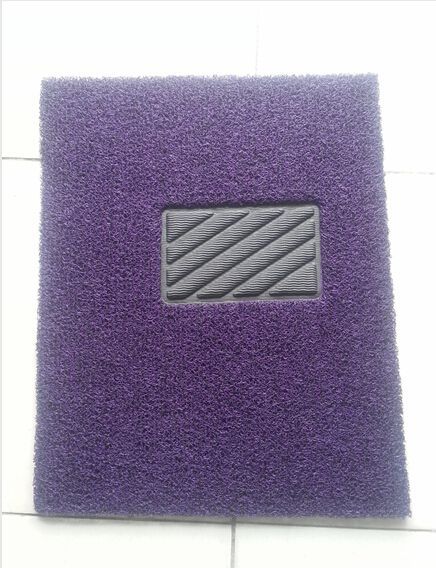Hot melt, also known as low melting point wire, is divided into fully melted hot fuse and core-sheath hot melt, is one of the most rapidly developed functional fibers in recent years.

The melting point can be controlled between 85℃ and 180℃ by adjusting the properties of raw materials.
In normal temperature state, the hot melt and other fibers woven fabric, and then in the dry hot or humid hot state, the pressure on the fabric, when the temperature is higher than the melting point of the hot melt, the hot fuse gradually melt. At this temperature, conventional fibres remain unchanged and are held together by a hot melt.
Therefore, hot melt can replace glue and other chemical adhesive, avoid volatile and powder layer pollution, environmental protection non-toxic; At the same time saves the process flow, reduces the downstream production cost.
At present, hot melt is widely used in outdoor sports shoe upper, leisure shoe upper, sofa fabric, curtain window screen, carbon fiber fabric shaping, Chenille yarn, bandi line, high-grade suit lining, lace and glove hem yarn and other fields, is a huge market prospect of high-tech products.

Polyester hot melt characteristics
Polyester hot melt is mixed with conventional polyester or other fibers to produce nonwoven or knitted or woven hot-bonded fiber products, which have the characteristics of soft feel, high strength, washable, neat, easy to handle and no environmental pollution.
Polyester hot fuse uses: mainly play the role of thermal bonding, used for bundy weaving, high strength ribbon, wool carpet, cushion lining, automobile lining and other industries.
Hot fuse is formed by melt spinning method, formed fiber can be heated and melted again, belonging to thermoplastic fiber. The melting point of polyester is relatively high, but the specific heat capacity and thermal conductivity are small, so the heat resistance and thermal insulation of polyester fiber are higher. It's one of the better synthetic fibers. Good thermoplastic, poor fusible resistance. Due to its smooth surface and close arrangement of internal molecules, polyester is a synthetic fiber fabric with better heat resistance and thermoplasticity. It can be made into pleated skirts and pleats lasting. At the same time, polyester fabric has poor fusible resistance and is easy to form holes when exposed to soot and Mars. Therefore, wear should try to avoid contact with cigarette butts, sparks and so on.